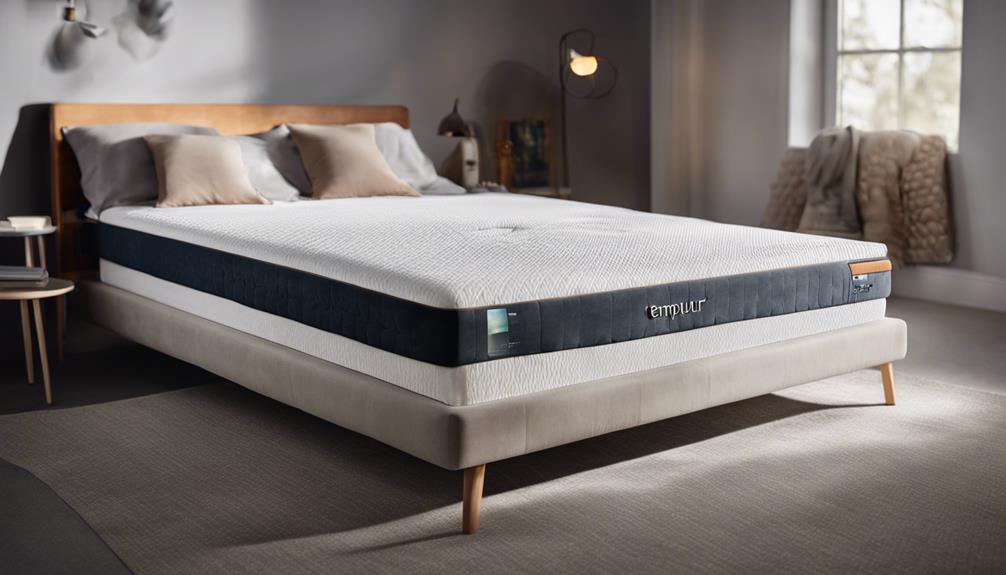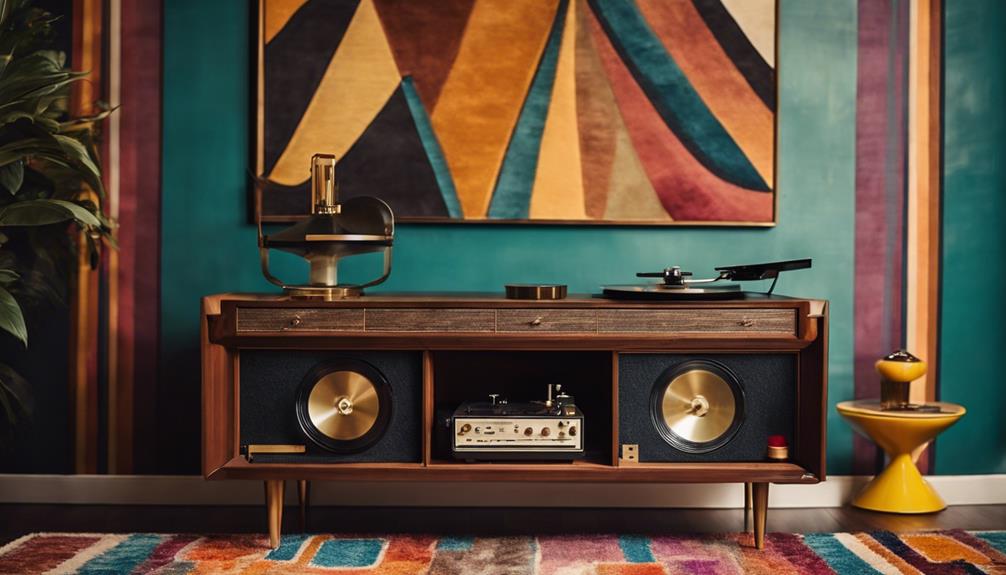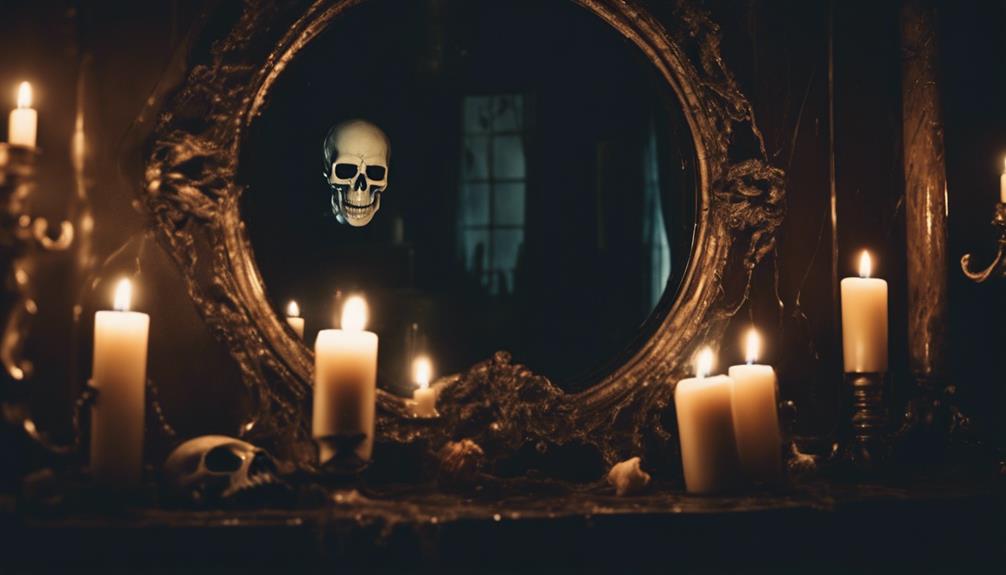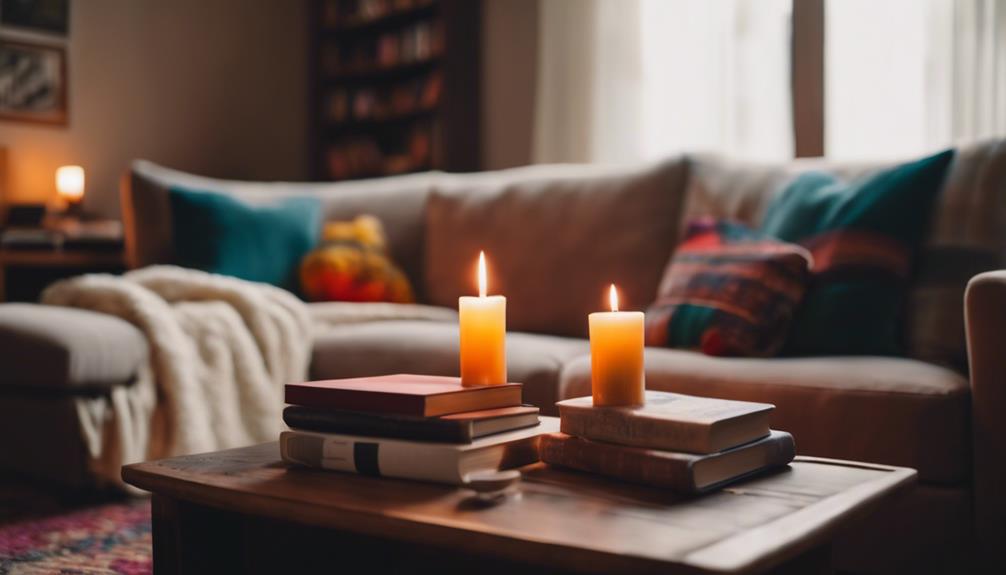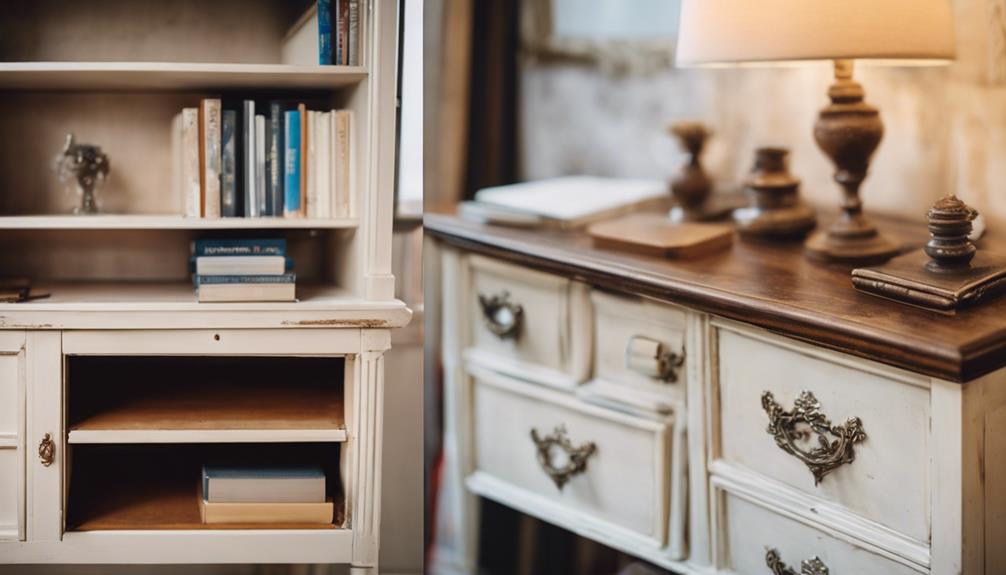We're about to bring a plain wall to life with a stunning white brick accent wall, adding texture, visual interest, and industrial chic to any room. To create this look, we'll follow a 5-step process. First, we'll prepare the wall by cleaning, patching, and priming it. Next, we'll create a reusable stencil using a plastic quilters template sheet to achieve a realistic brick pattern. We'll then choose a palette of 3-5 contrasting whitewash colors to add depth and visual interest. After painting the design, we'll complete the faux brick look by adding a distressed finish and mimicking mortar with spackle. As we dig deeper, we'll uncover the secrets to a truly show-stopping accent wall.
Key Takeaways
• Prepare the wall by cleaning, filling imperfections, sanding, and priming for a smooth paint adhesion.
• Create a reusable stencil using a plastic quilters template sheet with cut-out brick shapes for a unique pattern.
• Select 3-5 contrasting whitewash colors, considering modern or traditional shades, and experiment with mixing paints for a unique finish.
• Apply a solid white base coat, followed by multiple thin coats of paint, allowing proper drying time, and seal with a clear coat.
• Distress the design by applying watered-down paint, spackle, and sanding to achieve a realistic, aged brick look.
Prepare the Wall for Painting
Before we begin working on creating our white brick accent wall, we need to make sure the surface is properly prepared, so we'll start by giving the wall a thorough cleaning to remove any dirt, dust, and grease that might interfere with paint adhesion. This vital step guarantees a strong bond between the paint and the wall, which is especially important for a brick-inspired design.
Next, we'll inspect the wall for any cracks, holes, or imperfections and fill them with spackling compound or caulk to create a smooth surface. A light sanding will further even out the surface, allowing the paint to adhere evenly.
To secure a durable finish, we'll prime the wall with a high-quality primer, which will seal the surface and enhance the paint's durability. Finally, we'll tape off borders and trim to protect adjacent surfaces from paint splatter and ensure clean lines.
With these essential steps, we'll have a well-prepared surface that's ready for our white brick paint design.
Create a Brick Pattern Stencil

We'll create our brick pattern stencil by using a plastic quilters template sheet, which provides a flexible and reusable material for designing our unique brick design. This stencil will help us achieve a realistic faux brick accent wall that adds texture and character to our space.
To create the stencil, we'll sketch out the brick pattern on the template and cut out each brick shape. Here are some tips to keep in mind:
- Cut straight rows of bricks for a uniform look or stagger sizes for a rustic appearance.
- Rotate the brick shapes to vary the pattern and create visual interest.
- Consider the size and scale of your brick wall when designing your stencil, as this will impact the overall look of your DIY project.
Once we've created our stencil, we'll secure it to the wall with painters tape before painting to guarantee accuracy. This will help us achieve crisp, clean lines and a professional-looking finish for our brick wall.
With our stencil in place, we'll be ready to start painting and bringing our faux brick accent wall to life.
Choose Your Whitewash Colors

With our stencil in place, let's select 3-5 contrasting colors for our whitewash palette, considering lighter shades for a modern look or traditional brick colors for added depth.
We want our accent wall to pop, and the right color combination will make all the difference. For a modern whitewashed look, we can opt for lighter shades like creamy whites, soft grays, or pale blues. These colors will give our wall a fresh, airy feel.
On the other hand, if we want to add some depth and character, we can incorporate traditional brick colors like reds, rusts, and browns. These earthy tones will give our wall a warm, nostalgic vibe.
To create a unique finish, we can even mix leftover house paints or use color samples to create a one-of-a-kind whitewash palette. By experimenting with different paint colors and combinations, we can achieve a truly stunning accent wall that reflects our personal style.
Paint the Accent Wall Design

Let's immerse ourselves in painting our accent wall design, starting with a solid white base coat that will set the tone for our unique brick pattern. We'll use high-quality interior paint in white or off-white shades to achieve a classic brick appearance. To guarantee smooth and even coverage, we can opt for a paintbrush or roller, applying multiple coats to build up a solid white brick finish with depth and richness. Remember to allow proper drying time between coats to achieve the desired color intensity and durability.
Here are some key considerations for painting our accent wall design:
- Apply a solid base coat: Paint the entire wall with a white base coat to create an even surface for our faux brick design.
- Add joint compound: Apply joint compound to the wall, using a putty knife to create the texture and space between each brick. Make sure it's still wet when applying the compound to achieve a seamless blend.
- Seal with a clear coat: Once our design is complete, add a clear sealant or top coat to protect and preserve our stunning white brick accent wall.
Complete the Faux Brick Look

We're now ready to add the finishing touches to our white brick accent wall by building up layers of texture and color to achieve a convincingly aged, distressed look. To do this, we'll use a combination of painting and texturing techniques to mimic the appearance of real brick.
| Technique | Description |
|---|---|
| Watered-down paint | Apply with a cheap brush for a distressed finish |
| Spackle | Use initially to mimic mortar, then sand and paint over |
| Multiple coats | Embrace messy coats for an aged, rough appearance |
| Detailed work | Take your time, especially under windows, for a cohesive look |
| Paint selection | Choose a white paint from Home Depot for a authentic look |
Frequently Asked Questions
How to Create a White Brick Wall?
When we think about creating a white brick wall, we envision a clean, modern aesthetic. To achieve this look, we need to focus on the right base color and contrasting shades.
We recommend choosing a light gray or beige base, then selecting 3 to 5 contrasting colors for the brick pattern. By using a stencil and dabbing on colors, we can achieve a realistic, dynamic design that adds visual interest to any room.
How Do You Make a Beautiful Brick Wall?
When we think about creating a beautiful brick wall, we often envision a rustic, charming aesthetic. To achieve this look, we recommend using a combination of contrasting colors to mimic the natural variation of real bricks.
How to Paint a Brick Wall White?
We're often asked how to paint a brick wall white, and we're happy to share our expertise.
To start, we prepare the surface by cleaning and priming the brick wall, ensuring a smooth canvas for painting.
Next, we apply a high-quality interior paint in a white shade using a premium paintbrush, followed by a second coat for complete coverage.
How to Create a Brick Effect With Paint?
We've mastered painting a brick wall white, but now we're tackling the opposite: creating a brick effect with paint. It's surprisingly achievable with the right tools and techniques.
By crafting a stencil using a plastic quilting template and utility knife, we can mimic the texture and pattern of real bricks.
With a few strategically chosen paint colors, we can achieve a convincing, multi-tonal brick effect that adds depth and visual interest to any wall.
Conclusion
By following these 5 steps, we've successfully created a stunning white brick accent wall that adds texture and visual interest to any room.
From preparing the wall for painting to completing the faux brick look, every step plays an essential role in achieving the desired outcome.
With a little patience and creativity, we can transform a plain wall into a unique design element that elevates the entire space.

